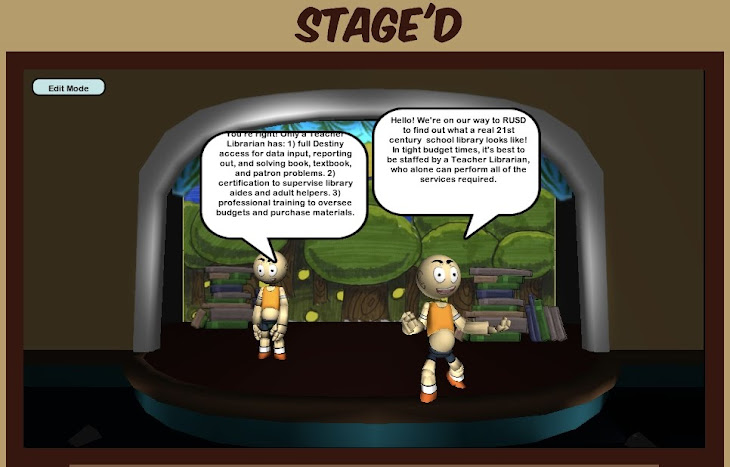Hello students!
In our life science unit on plants, each of you has a flower. This is your topic for library research. Following the six steps of The Research Process, we have selected three subtopics to explore and learn about your element: properties, uses, and other interesting facts.
You are required to use both print and non-print sources of information, specifically, three formats (kinds) of information including an encyclopedia (The World Book Encyclopedia), a nonfiction book about your element, and selected Web sites. Please write an MLA citation for each source on the color-cards provided, later to be written into a Works Cited list.
You will read and select facts and use Cornell-style notetaking adapted to library research. Your notes should be in the form of facts. All sentences will be presumed to be copied (plagiarized). Summarize or paraphrase when appropriate. You will sort notes and use them to create a PowerPoint that you will present to the class.
Tuesday, September 29, 2009
Wednesday, July 29, 2009
Monday, July 27, 2009
Try-on-the-fly
This site simply lets me try things for the CSLA session.
Critiques of some of the Web 2.0 apps include:
1) Bighugelabs (by Yvonne Weinstein): Lets you create all sorts of things. The things that my students created were magazine covers and movie posters. It was a fun project for them, but the limitation that we came up against was that there was no way to edit the work once it was saved. In other words, to do the project at school in one period, all the text needed to be entered, the item edited (as many times as the student wanted) and then saved before the end of the period knowing that there would not be an opportunity to make changes again to the poster or cover. If this were a project that students were creating at home, and had plenty of time to create and edit to their heart’s content before saving, it could be a cool thing to do. (You should give it a try) I had to set up a class with passwords, which was not difficult- bighugelabs has a way to do this.
2) Blabberize (By Yvonne Weinstein): Make a mouth move and then record whatever you would like the photo to be saying. The limitation is that the free version has a 30 second maximum recording time.
Critiques of some of the Web 2.0 apps include:
1) Bighugelabs (by Yvonne Weinstein): Lets you create all sorts of things. The things that my students created were magazine covers and movie posters. It was a fun project for them, but the limitation that we came up against was that there was no way to edit the work once it was saved. In other words, to do the project at school in one period, all the text needed to be entered, the item edited (as many times as the student wanted) and then saved before the end of the period knowing that there would not be an opportunity to make changes again to the poster or cover. If this were a project that students were creating at home, and had plenty of time to create and edit to their heart’s content before saving, it could be a cool thing to do. (You should give it a try) I had to set up a class with passwords, which was not difficult- bighugelabs has a way to do this.
2) Blabberize (By Yvonne Weinstein): Make a mouth move and then record whatever you would like the photo to be saying. The limitation is that the free version has a 30 second maximum recording time.
Subscribe to:
Comments (Atom)



